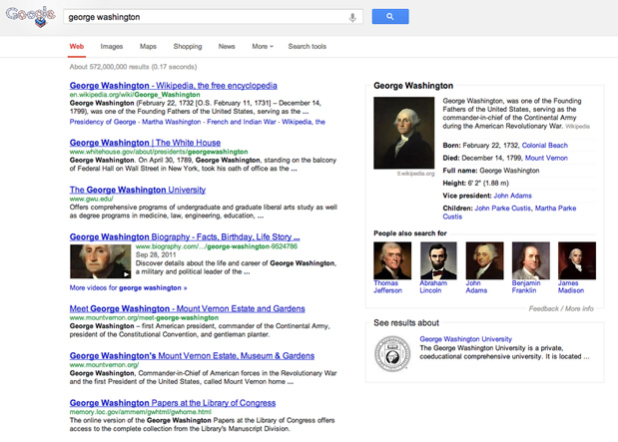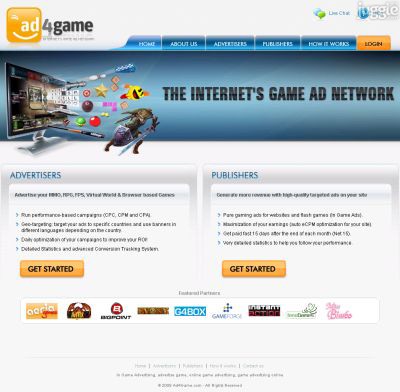A huge chunk of new things happening in digital marketing these days are occurring in the mobile world, as many opinions point toward the eventual takeover of desktop by mobile. While I think that will be very unlikely to hold true, it is hard to deny the growth that mobile has been showing in the past few years. More marketers need to begin focusing a larger portion of their efforts on mobile marketing, as consumers have continuously proven that they are beginning to use mobile platforms more and more, and even have begun to rely on them. Even though I believe that desktop internet marketing will not be rapidly diminishing in the near future, there is no denying the growth of mobile these days. A good example of what actions marketers should begin to take as well as an example of how mobile is changing the web comes from Pandora.
Pandora, the widely used and ever famous internet radio company, began making some changes upon noticing a huge shift to mobile platforms by users in late October. These changes were reported by AdNewsNow, and they are not exactly the most recent news, but they definitely show how mobile is affecting big name companies on the web. The company’s Chief Marketing Officer Simon Fleming-Wood is quoted in the article saying, “Most Pandora users now have never used Pandora on the desktop.”
The company started around the turn of the millennium, and since then had been mostly a desktop web radio service. What the company has started to realize is that their mobile app is seeing the majority of their traffic, and that their desktop web platform is seeing less and less traffic. In fact, 75% of all of the company’s listening hours now come from mobile devices.
So what have they started to do? Well, now seeing that they have started to morph into a mobile service, all they could do was keep their users happy by spiffing up their mobile app and focusing a lot more of their effort onto mobile users. By doing this, they will keep users happy. However, by keeping mobile users happy, the company will begin to see growing mobile traffic which leads to a growing interest from mobile marketers to the company’s mobile service.
I suppose the moral of the Pandora story is that soon, many internet services are going to see the majority of their traffic from mobile users. This transformation has already begun. Sure, people will still produce desktop internet traffic, but the amount will decrease by a noticeable amount. It has reached the time to start focusing a larger amount of marketing efforts into mobile and keep the masses happy. Consumers have gone mobile, and with them marketers will have to make the transformation. Traffic is now split between the two platforms, with some marketers still showing interest in only one. Pandora has done what many companies will begin to do, and marketers should be ready for the switch.




















